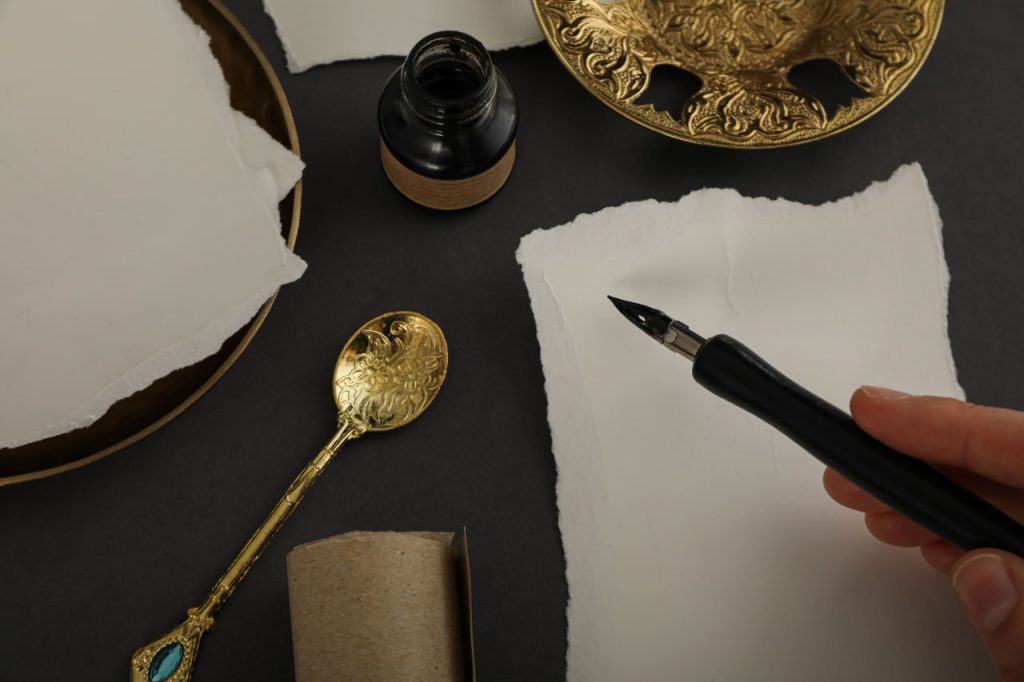Calligraphy is an ancient art that has found a fresh, modern appeal. Whether used for wedding invitations, personalized gifts, or digital design, modern calligraphy offers a creative way to express yourself through beautifully written letters. If you’re a beginner looking to get started, this guide will help you understand the basics, from choosing tools to refining your technique.
What is Modern Calligraphy?
Unlike traditional calligraphy, which follows strict letterforms and structured styles, modern calligraphy is more free-flowing and expressive. It allows for creativity, personal style, and variations in letter shapes. While it still follows basic calligraphy principles—such as thick downstrokes and thin upstrokes—it offers more flexibility, making it perfect for beginners who want to develop their own artistic approach.
Essential Tools for Modern Calligraphy
Before you start practicing, you’ll need the right tools. Here are the basics:
- Brush Pens: Ideal for beginners, brush pens have flexible tips that allow for both thick and thin strokes. They are available in a variety of colors and sizes.
- Dip Pens & Nibs: More traditional but still widely used, dip pens require you to dip the nib in ink. They offer a classic calligraphy feel and are great for intricate details.
- Ink: Black ink is the best choice for beginners, but colored inks can add creativity to your work.
- Smooth Paper: Calligraphy requires high-quality, smooth paper to prevent ink from bleeding and damaging the pen tips.
Basic Calligraphy Strokes to Master
Before you dive into writing full words, practice these essential strokes:
- Thin Upstrokes – Apply light pressure to create fine lines.
- Thick Downstrokes – Apply more pressure to achieve bold, dramatic strokes.
- Oval Shapes – Practicing circles and ovals helps improve letter consistency.
- Connecting Strokes – These help create smooth transitions between letters.
Once you master these, forming letters and words becomes much easier.
Common Mistakes Beginners Make (And How to Avoid Them)
As with any art form, learning calligraphy takes patience. Here are some common mistakes and how to fix them:
- Applying Too Much Pressure on Upstrokes – Keep your upstrokes light to create contrast with your downstrokes.
- Holding the Pen at the Wrong Angle – The right angle (usually 45 degrees) ensures smoother, more natural strokes.
- Skipping Warm-Up Exercises – Always warm up your hand with basic strokes before starting a project.
- Not Using Guidelines – Lined paper helps maintain consistency in letter size and spacing.
How to Develop Your Own Calligraphy Style
Once you’ve mastered the basics, you can experiment with different styles. Try:
- Mixing Fonts – Combine script with block letters for a unique look.
- Playing with Spacing – Adjusting letter spacing can add a modern or vintage feel.
- Adding Flourishes – Decorative strokes can enhance your lettering, but use them sparingly.
Conclusion
Modern calligraphy is an enjoyable and rewarding skill that anyone can learn. With the right tools, consistent practice, and a little patience, you can create beautiful, personalized lettering for any occasion. Start today, and let your creativity flow onto the page!
